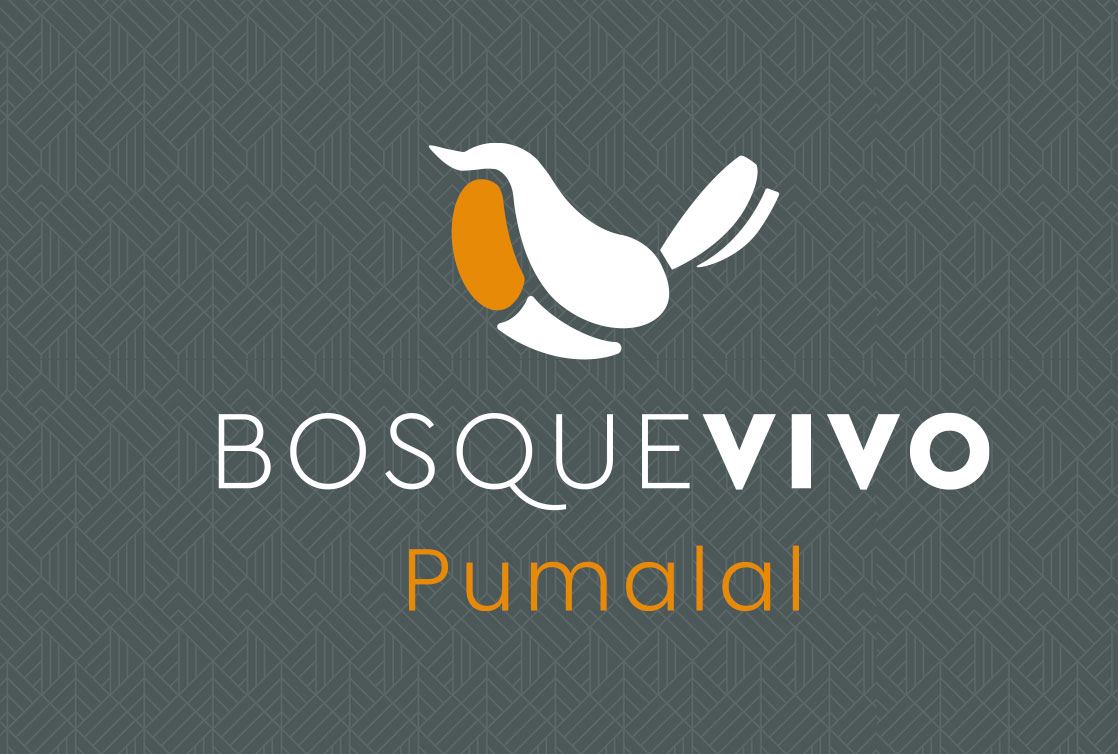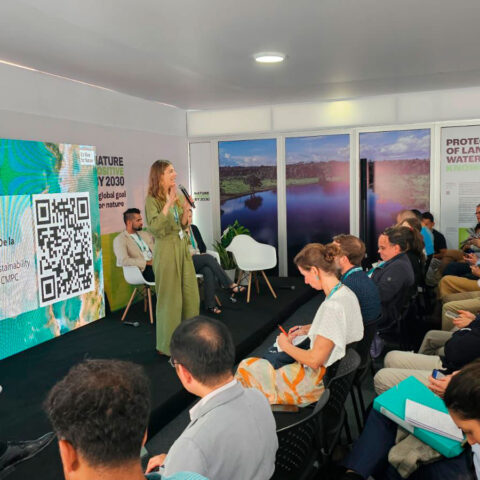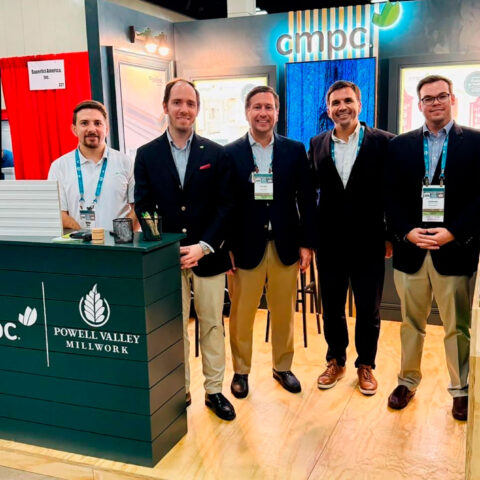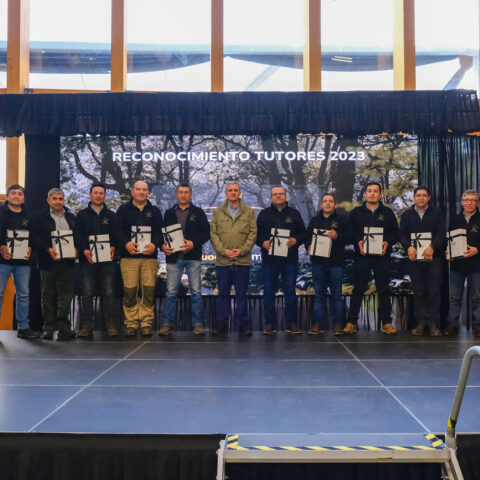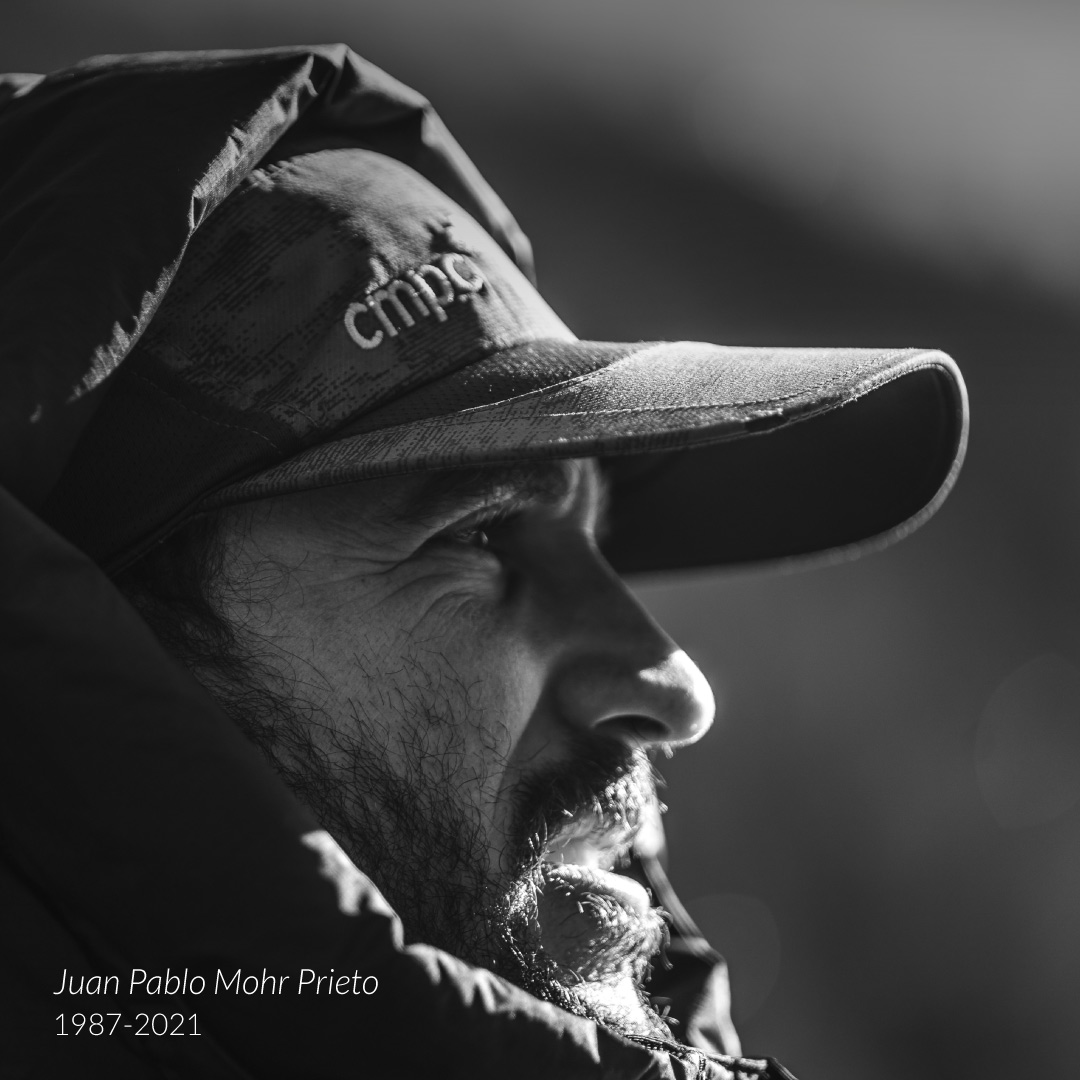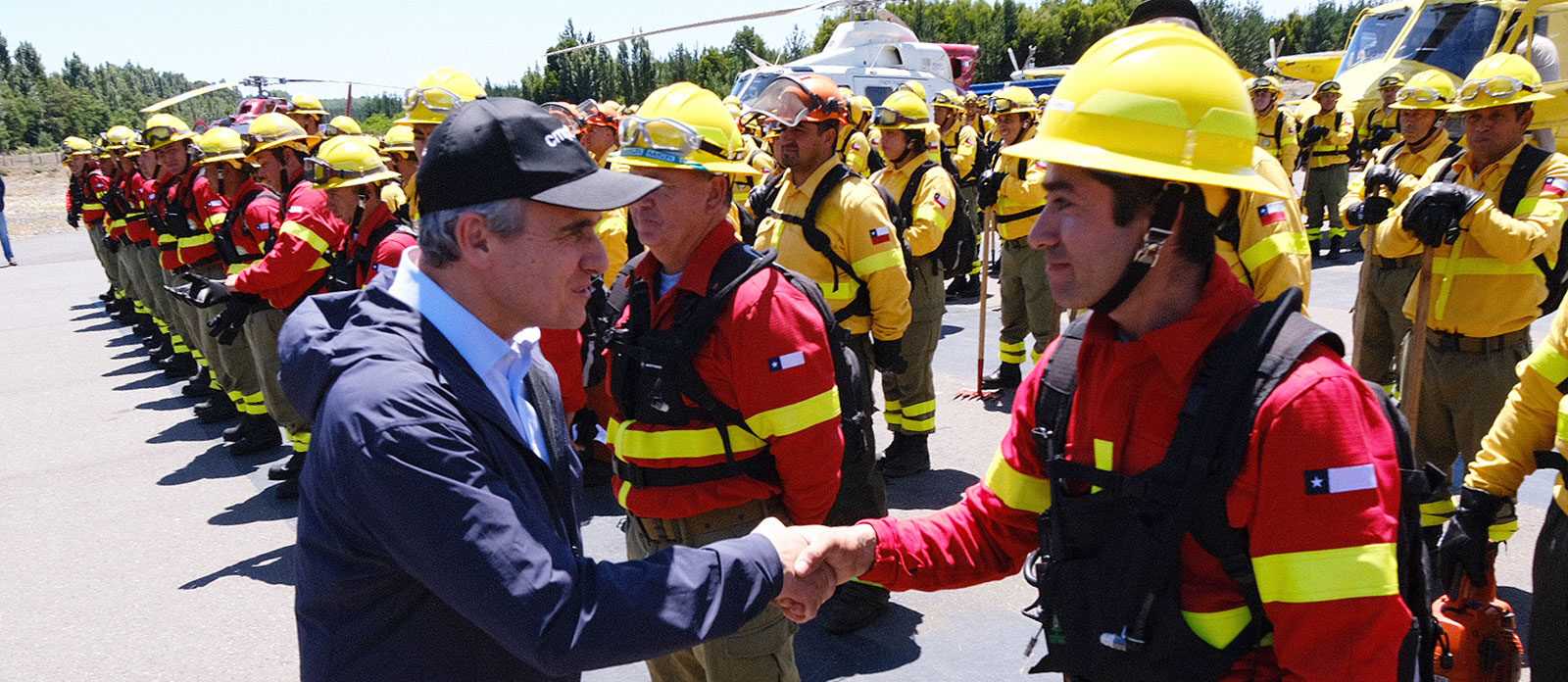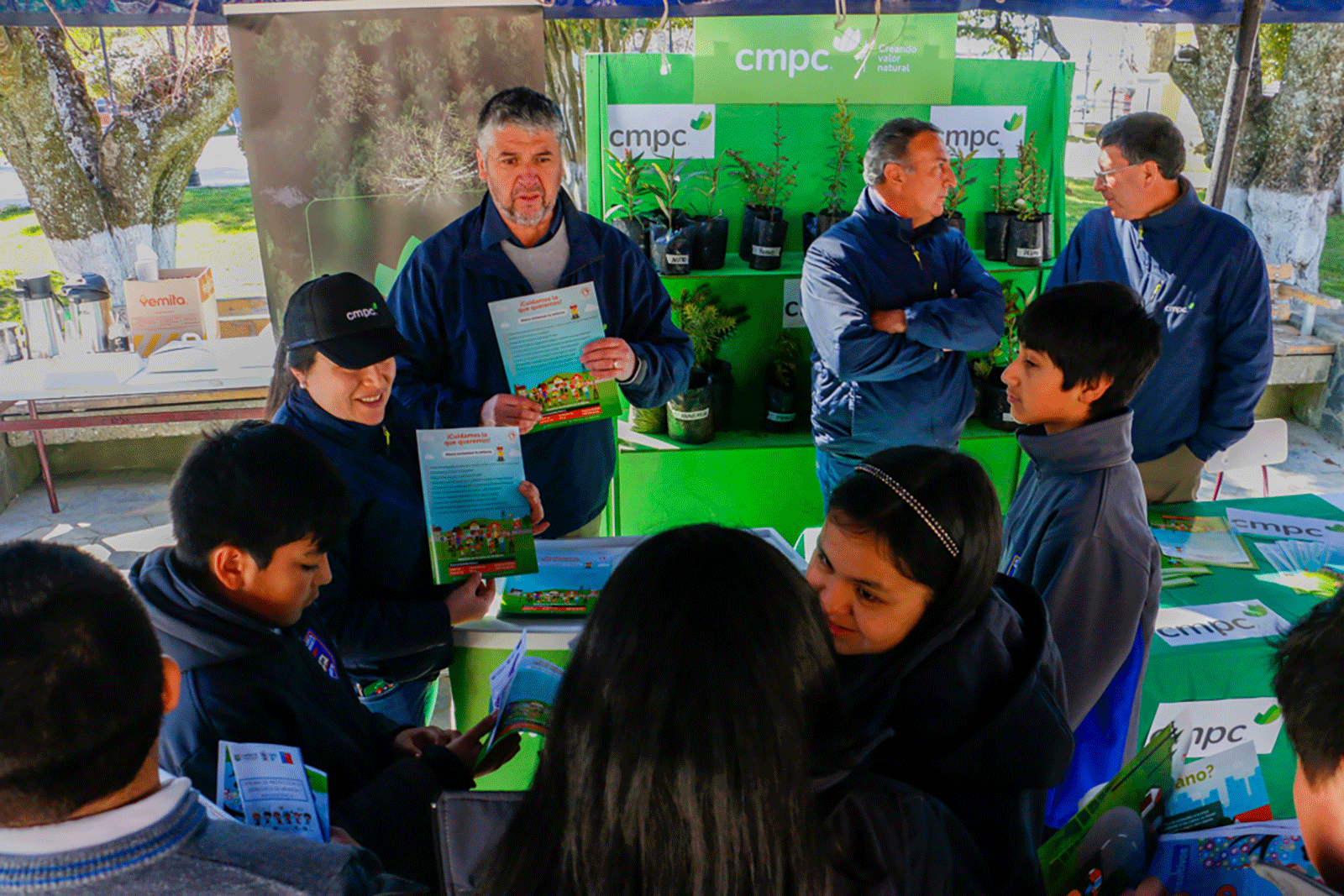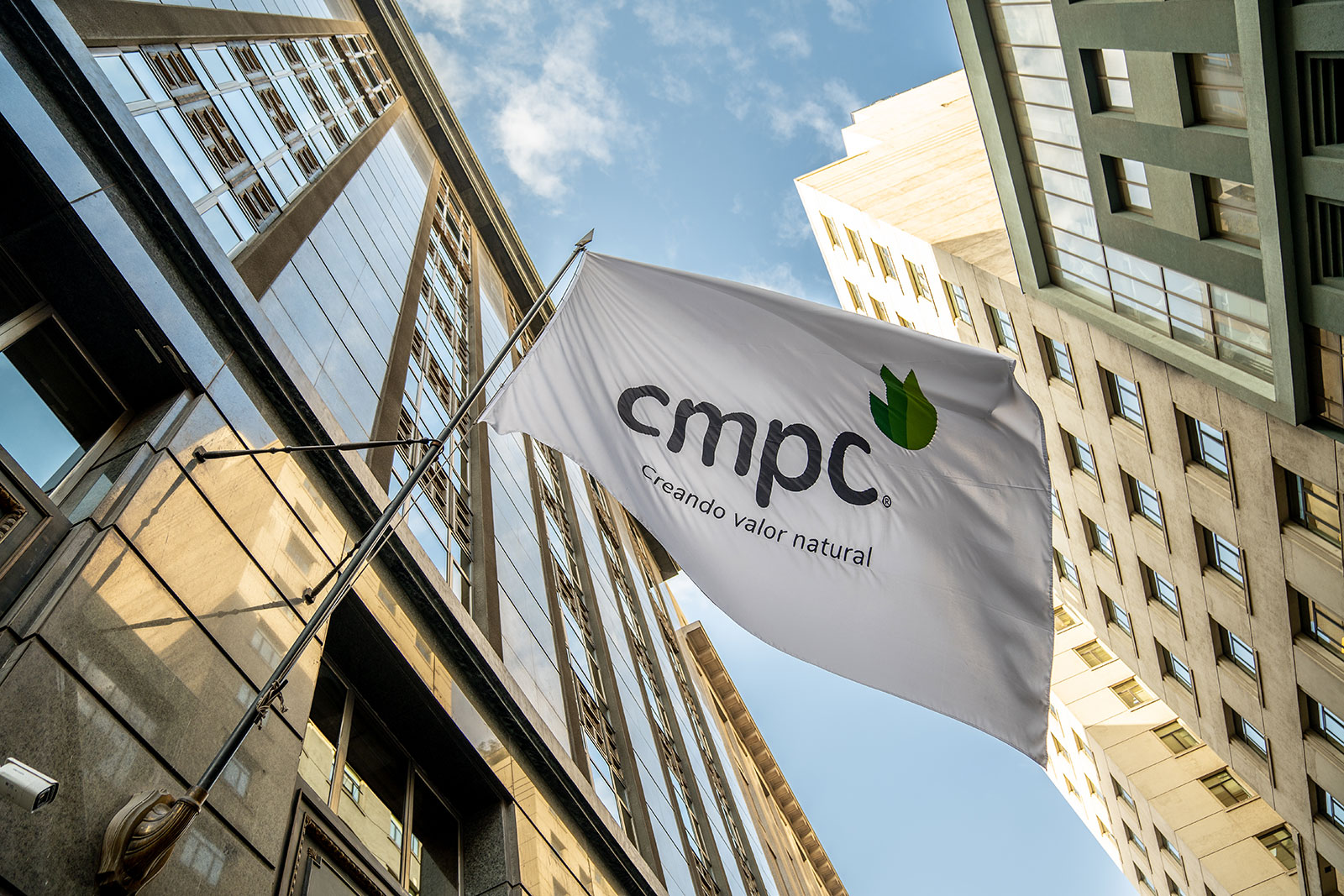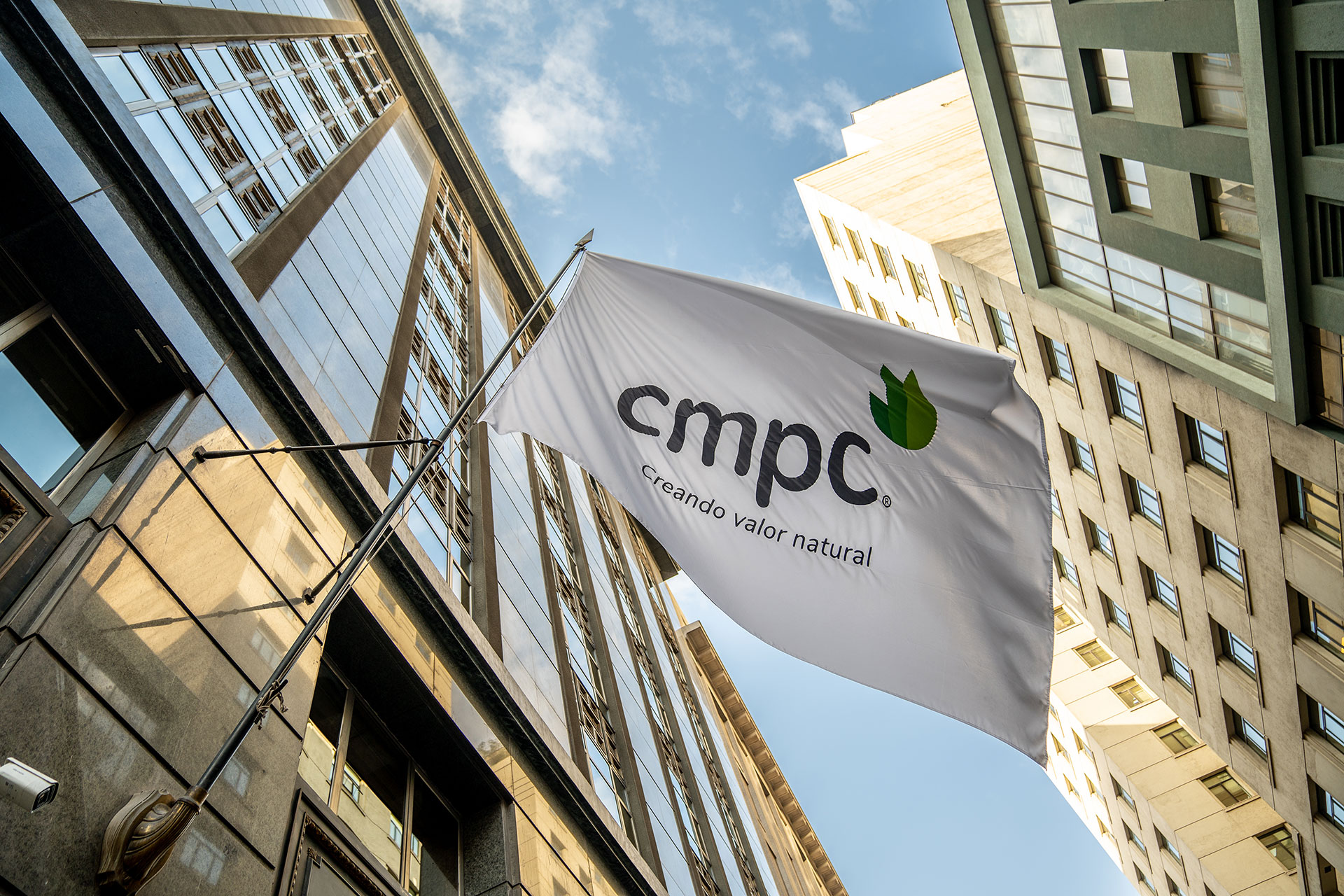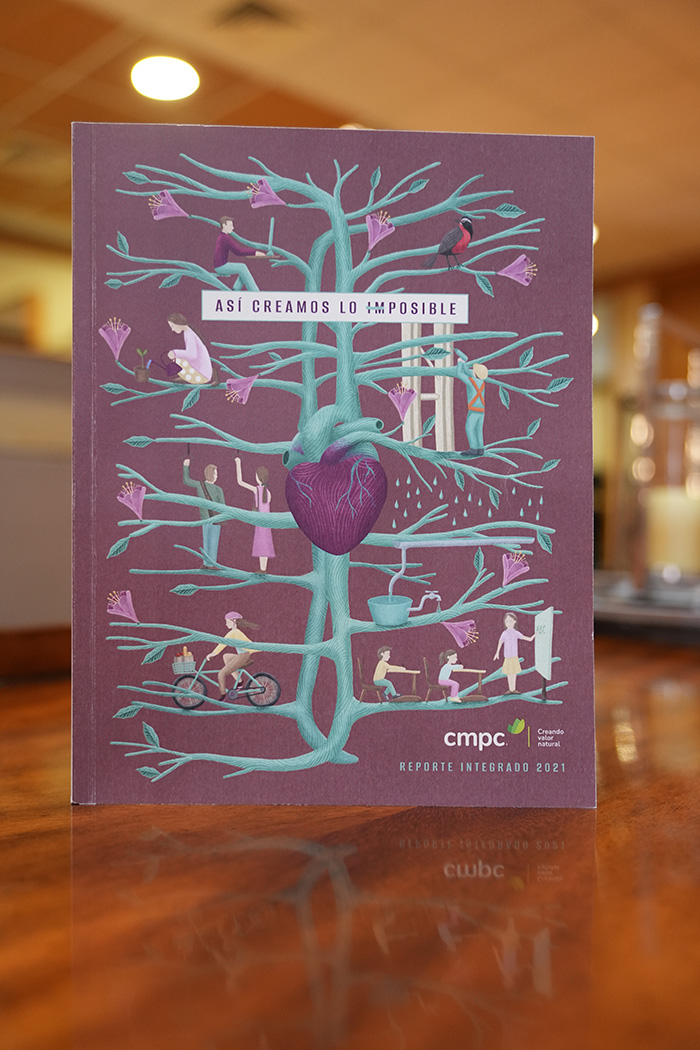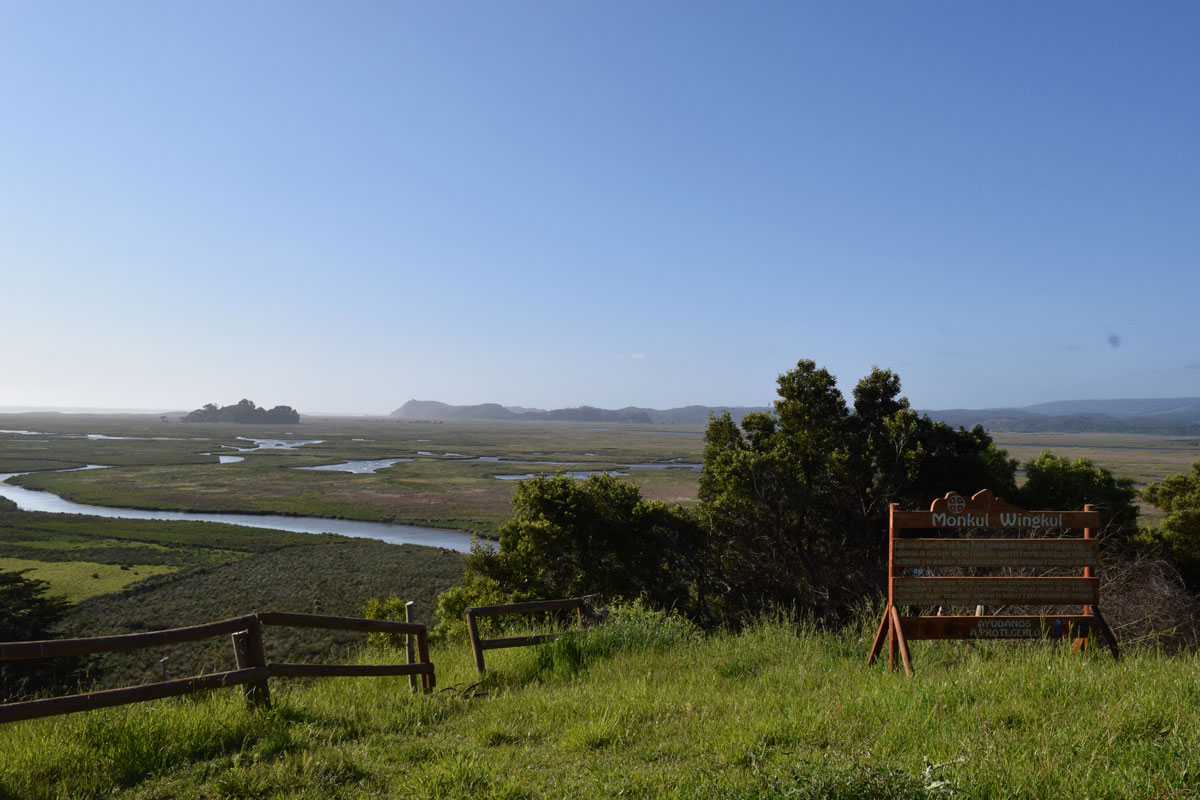
International organization declares Monkul Wetland managed by a Mapuche community a protected site
15 de July, 2020
Given its unique scenic beauty and great biodiversity, its area of 4,300 hectares and the dwelling of endangered species, the Monkul Wetland located only 74 kilometers from Temuco near the Imperial River mouth was declared a protected site by the Ramsar international convention.
The Ramsar Convention is an intergovernmental treaty that serves as a framework for national action and international cooperation in favor of the preservation and rational use of wetlands and their resources. In fact, on this same occasion, the Limari River Wetland was also declared a Ramsar Site.
The Monkul Wetland is managed by the Mateo Nahuelpan community that owns this place, which is composed of 20 Mapuche families of the Lafkenche territorial identity. It is one of the attractions that are part of the Navigable Carahue River Route, formed by more than 20 tourism entrepreneurs from the area who have been supported by the Municipality of Carahue, Empresas CMPC and the Social Action Department (Departamento de Accion Social, DAS) of the Temuco Diocese.
According to the President of the Mateo Nahuelpan community, Estela Nahuelpan, “This Ramsar Site designation for the Monkul Wetland is encouraging news, especially during a pandemic. It’s an acknowledgment of the fact that when local communities love the place where they live very much, they organize themselves so that its preservation is not threatened. It’s what we did in Monkul, in conjunction with the communities of the Monkul River Basin and Imperial.”
In Chile, the Ramsar Convention came into effect on November 27th, 1981. The country has currently 14 sites designated as Wetlands of International Importance (Ramsar Sites), with a total surface of 362,020 hectares.
According to Ramsar’s webpage, the recognition of this wetland in the Araucania Region is because “It is an estuary system consisting of coastal lagoons, tall grass marshland and riparian grasslands. The site holds about 171 plant species including endemic and vulnerable species, such as the willow-leaf podocarp. At least 134 animal species including about 80 species of waterbirds and 13 migratory species are present. Endangered species include the marine otter.”
Biologist and professor at the Sustainable Tourism School of Universidad Mayor Manuel Gedda explains that from the wetland’s over four thousand hectares, 1,380 were declared a Ramsar Site, which also involves part of another attraction of the Navigable Carahue River Route: Doña Ines Island.
“This is the first wetland in the region to be designated a Ramsar Site. These wetlands are suffering transformation and loss the most; therefore, protecting them today becomes a global priority, also in Chile. With this classification, a place with a high biological, educational and landscaping wealth is now protected. It is undoubtedly a natural heritage that the region now possesses after it was internationally recognized,” Gedda points out.
To Juan Carlos Navia, Head of Public Affairs of the Southern Area of CMPC Bosques, “It is a source of great pride that Monkul was designated a Ramsar Site at a global level because first, it is an acknowledgment of the Mateo Nahuelpan Mapuche community. Secondly, this place is now protected, and the community very generously shares it with a perspective that focuses on sustainable educational and community tourism.”
Tourist Attractions
The wetland’s gateway is an educational space called Aula Abierta (Open Classroom). It is an outdoor amphitheater where the community welcomes students, researchers and tourists who come across a floating dock and then, in the open classroom, find an educational space with information panels describing the flora and fauna that inhabits this rich ecosystem.
Additionally, and led by the women of the Mateo Nahuelpan community, you can tour the wetland by boat or kayak. At the end of the tour, you can participate in a tasting of typical food made with fresh local sea products in a traditional ruca (Mapuche house) and enjoy talks about the Mapuche culture, among other features.
Navia adds that “This community has been working with CMPC for a couple of years. They joined the Navigable Carahue River Route project and have been very enthusiastic, very receptive and very respectful, which has allowed us to work with them on their sustainable tourism project, especially on training, and improving and building their infrastructure.”
For many years now, the inhabitants, the local communities of the Carahue municipality, have dreamed of recovering their rich historical and fluvial heritage; ultimately, for the importance of the Imperial River to be emphasized again. That is how after many years of work, on January 16th, 2018 and with the support of the aforementioned organizations, the Navigable Carahue project was inaugurated.
Carahue Navegable is a 30-kilometer tourist journey that connects the history of this great river through a set of tourism services located on its banks and adjoining areas. This journey begins at the Carahue River Station and ends in the spectacular Monkul Wetland.

